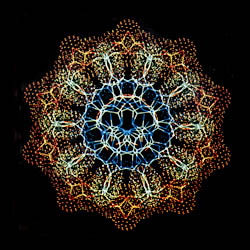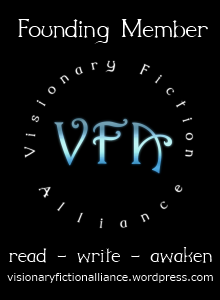
*********************
Trivia time: Here are five things you didn’t know about the novel and its characters.
Warning: May contain spoilers!
*********************
1) The Original Conspiracy: Read the copyright notice at the beginning of the novel for a hidden message.
2) Names: The names of most key characters in the novel carry significant meanings (Aaron, Adam, David, Omar, Kingswell, Kash, Peter). But the names Elise and Hitoshi are special because their respective meanings were not known to me when I chose them. They are a neat case of synchronicity.

Elise Archer – heroine
Elise is a modern form of the Hebrew name Elisheva, meaning ‘My God is an Oath’. This has implications for the Cohesive Ethics theorem (which I won’t explain here); it connects directly to ‘Leon’s promise’ in the novel; and Elisheva also happens to be the wife of the Prophet Aaron in the Bible. Hitoshi means ‘equal’, ‘even-tempered’ or ‘simultaneous’ depending on the spelling. This makes perfect sense when you know what Hitoshi’s problem is!
3) Three ideals: Peter, Hitoshi and Aaron represent the three separated ideals of justice, liberty and unity respectively. Elise represents humanity encountering these three ideals in their ‘separated’ form, i.e. the limited way that we view them.
4) Three evils: The evil organisation E3 is described in the novel as being made up of three divisions: Political, economic and religious. These three divisions are taken from the three symbols of tyranny listed in the Quran: Pharaoh, the representative of political tyranny; Qaroon (Korah), a wealthy magnate representing economic tyranny; and Hamaan, the high priest of the temple of Ammon who represents religious tyranny. All three of these figures were contemporaries, and they also represent the mirror opposites of the Cohesive Ethics ideals: oppression, injustice and disunity respectively.

Hitoshi Katayama – friend or foe?
5) The song and its writer: The song My Fate which appears in the novel originally had different lyrics. It was recorded under the title Ablaze, but I was never satisfied with the lyrics or the melody (an extract of that song is still lying around on the net). The present one is not yet recorded, though it has a melody.
The first verse of the present song represents David’s viewpoint, and the second verse represents Adam’s. The chorus and bridge represent Hitoshi’s outlook.
And this brings us to why Hitoshi is a lyricist. He is the reincarnation of David, whose Biblical counterpart was the bringer of the Psalms, a poetical form of Revelation often set to music.






